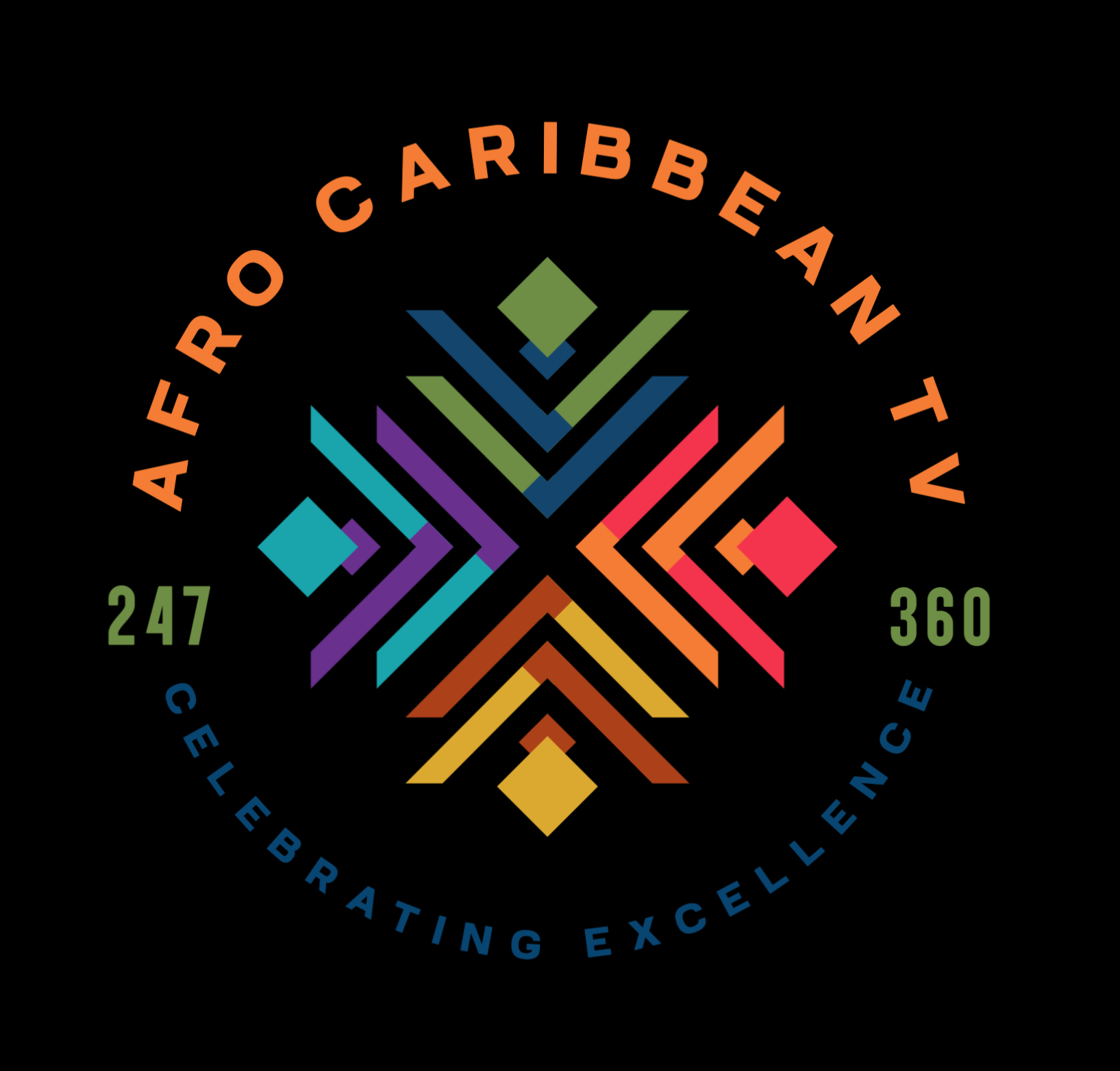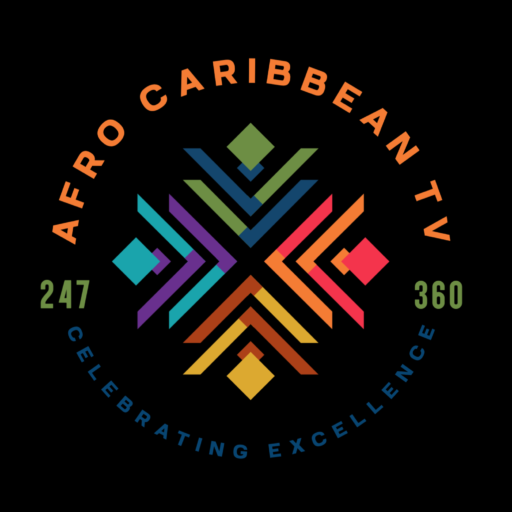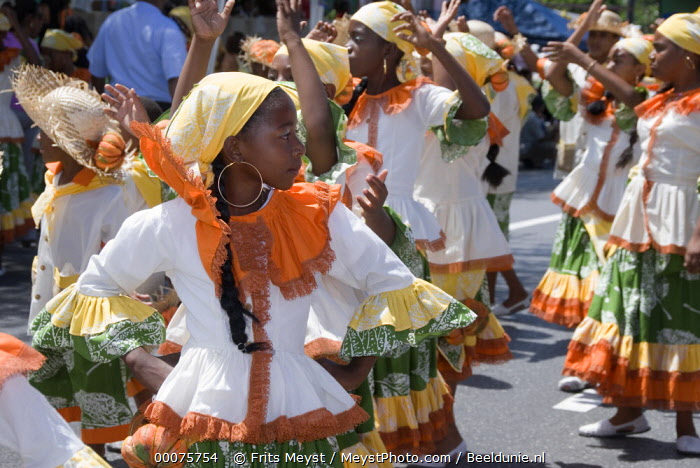The traditional cultural dress of the former Netherlands Antilles reflects a rich blend of African, European (Dutch and Spanish), and Caribbean influences. While each island has its own unique touches, they share common themes of vibrant colors, headwraps, embroidery, and handmade fabrics often worn during festivals, national holidays, or cultural events.
Cultural Dress by Island
Curaçao
- Women’s Dress:
- Brightly colored skirts and blouses (often matching sets).
- “Angisa” (headwrap) with symbolic folding styles.
- Aprons and lace details are common.
- Men’s Dress:
- White or pastel shirts with embroidery.
- Sashes or decorative belts, sometimes paired with straw hats.
Bonaire
- Similar to Curaçao:
- Women wear long cotton dresses with colorful patterns.
- Handcrafted jewelry and wide headscarves.
- Men may wear wide trousers and a cotton shirt with a neckerchief.
- Worn during events like Dia di Rincon (Rincon Day).
Sint Maarten
- Cultural dress is often seen during Carnival and St. Maarten Day.
- Women’s outfits may include:
- Flared skirts with Caribbean prints.
- Decorative blouses and headscarves.
- Men may wear colonial-inspired outfits for historical reenactments.
Sint Eustatius (Statia) and Saba
- Traditional wear reflects Dutch colonial and African roots.
- Women may wear:
- Long dresses with petticoats.
- Aprons and laced blouses.
- Decorated bonnets or headwraps.
- Men may wear waistcoats and brimmed hats for formal occasions.
Common Features Across All Islands
| Feature | Description |
|---|---|
| Bright Colors | Symbolize joy, life, and celebration. |
| Headwraps | Known locally as “angisa” or kerchiefs. |
| Handmade Fabrics | Often cotton, batik, or African prints. |
| Festival Use | Worn during Carnival, Emancipation Day, and national celebrations. |
When It’s Worn
- Carnival celebrations
- Independence and National Days (e.g., Rincon Day, Emancipation Day)
- Folklore festivals and parades
- School or cultural presentations



